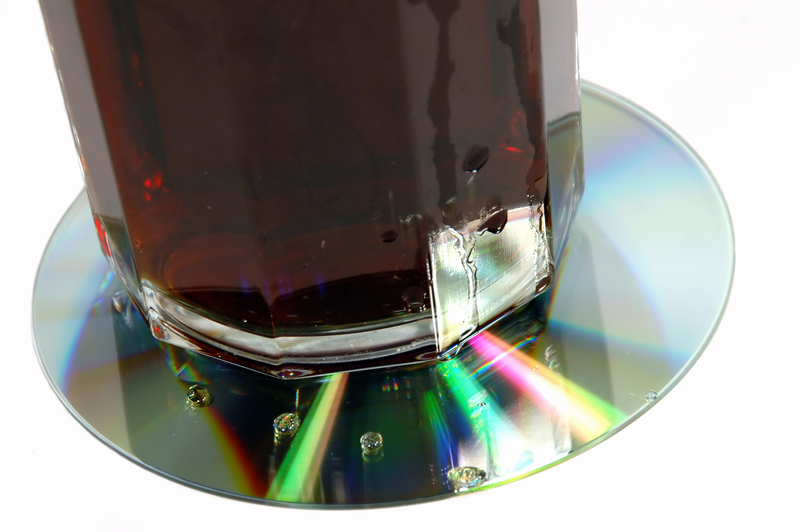Eco-Conscious Disposal of Old Electronics
In an increasingly digital and technologically-driven world, the issue of disposing of old electronics in an eco-friendly manner has become more pressing than ever. The tremendous growth in the production and consumption of electronic devices has led to the accumulation of e-waste, posing serious environmental and health risks. This article will explore various eco-conscious ways to dispose of your old electronics, the benefits and drawbacks of these methods, and provide tips to ensure you make an environmentally responsible choice.
Understanding E-Waste
Electronic waste, or e-waste, encompasses discarded electrical or electronic devices. This includes everything from obsolete computers and televisions to broken smartphones and household appliances. As the pace of technological innovation accelerates, the lifespan of devices shortens, leading to an ever-increasing volume of e-waste.

The Environmental Impact of E-Waste
Improper disposal of e-waste can have serious environmental consequences. Electronics contain toxic substances such as lead, mercury, and cadmium, which can leach into the soil and water, causing pollution and harm to wildlife and human health. Moreover, e-waste often ends up in landfills or is incinerated, processes that contribute to air pollution and the depletion of valuable resources.
Eco-Conscious Disposal Methods
Several eco-conscious methods of disposing of old electronics can mitigate their environmental impact. Understanding these options and their implications can help you make the best choice for both the environment and your community.
Recycling
Recycling old electronics is one of the most effective ways to manage e-waste. Many components of electronic devices, such as metals, plastics, and glass, can be reused in the production of new products. To recycle your electronics, look for certified e-waste recycling programs or facilities in your area.
Some manufacturers and retailers offer take-back programs, allowing you to return old devices for recycling. Additionally, local governments or environmental organizations often host e-waste collection events, providing a convenient way to dispose of your electronics responsibly.
Donating
If your old electronics are still functional, consider donating them to schools, non-profits, or community organizations. Donating can extend the useful life of your devices, helping to reduce the demand for new electronics and the associated environmental impact. Be sure to erase all personal data from your devices before donating them to protect your privacy.
Trading In or Selling
Many retailers and manufacturers offer trade-in programs, where you can exchange your old electronics for store credit or discounts on new purchases. This option can be both financially beneficial and environmentally responsible. Alternatively, consider selling your old devices online or through local classifieds, giving them a second life and reducing e-waste.
Disposing of Hazardous Components
Some components of electronic devices, such as batteries and circuit boards, require special handling due to their hazardous materials. Many recycling facilities and retailers have designated drop-off points for these items. Proper disposal of hazardous components ensures they are managed safely and do not pose a risk to the environment or public health.
Reducing E-Waste
In addition to properly disposing of old electronics, there are steps you can take to reduce the amount of e-waste you generate. By adopting more sustainable practices, you can contribute to a healthier planet.
Choose Durable Products
Invest in high-quality, durable electronic devices that are less likely to become obsolete quickly. Look for products with good warranties and repair support to extend their lifespan.
Repair and Upgrade
Before disposing of your electronics, consider repairing or upgrading them. Many devices can be easily repaired or upgraded with new components, extending their useful life and reducing e-waste.
Proper Maintenance
Regularly maintaining your electronic devices can help prevent unexpected breakdowns and prolong their lifespan. Follow manufacturer guidelines for cleaning, updating software, and handling your devices.
Pros and Cons of Eco-Conscious Disposal Methods
Pros:
- Reduces environmental pollution and conserves natural resources
- Promotes the reuse and recycling of valuable materials
- Supports circular economy principles
- Can provide financial benefits through trade-in programs or second-hand sales
- Encourages responsible consumption and waste management practices
Cons:
- May require additional effort and research to find appropriate disposal options
- Recycling programs may not be readily available in all areas
- Properly handling hazardous components can be challenging
Tips for Eco-Conscious Disposal
- Research local e-waste recycling facilities and collection events
- Take advantage of manufacturer and retailer take-back programs
- Consider donating functional electronics to extend their lifespan
- Always erase personal data from devices before disposal
- Stay informed about proper disposal methods for hazardous components

Takeaways
The eco-conscious disposal of old electronics is essential for reducing environmental impact and conserving valuable resources. By choosing to recycle, donate, trade in, or properly dispose of hazardous components, you can contribute to a healthier planet. Additionally, adopting sustainable practices, such as choosing durable products, repairing devices, and maintaining them properly, can help minimize the generation of e-waste.
Conclusion
As technology continues to evolve, the challenge of managing e-waste will only grow. By making conscious decisions about how we dispose of our old electronics, we can help mitigate the environmental impact and contribute to a more sustainable future. Remember to research your options, take advantage of available programs, and stay informed about best practices for eco-conscious disposal. Together, we can ensure that our love for technology does not come at the expense of our planet.


